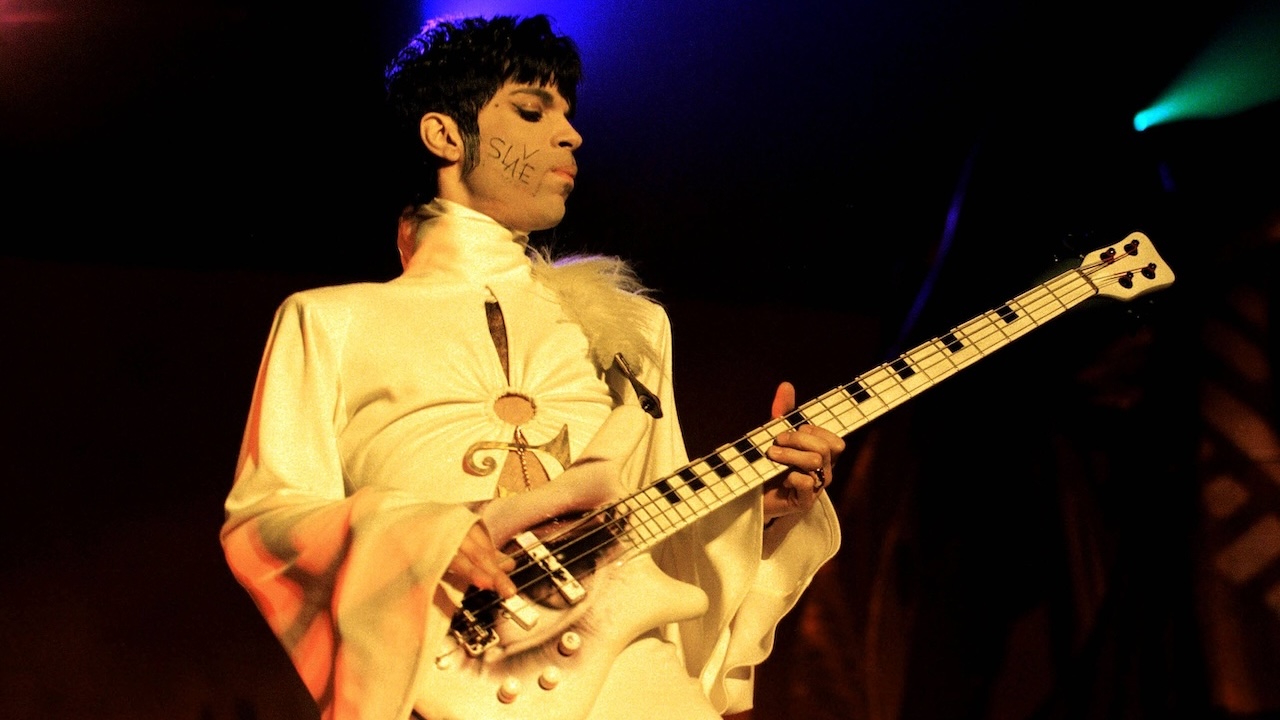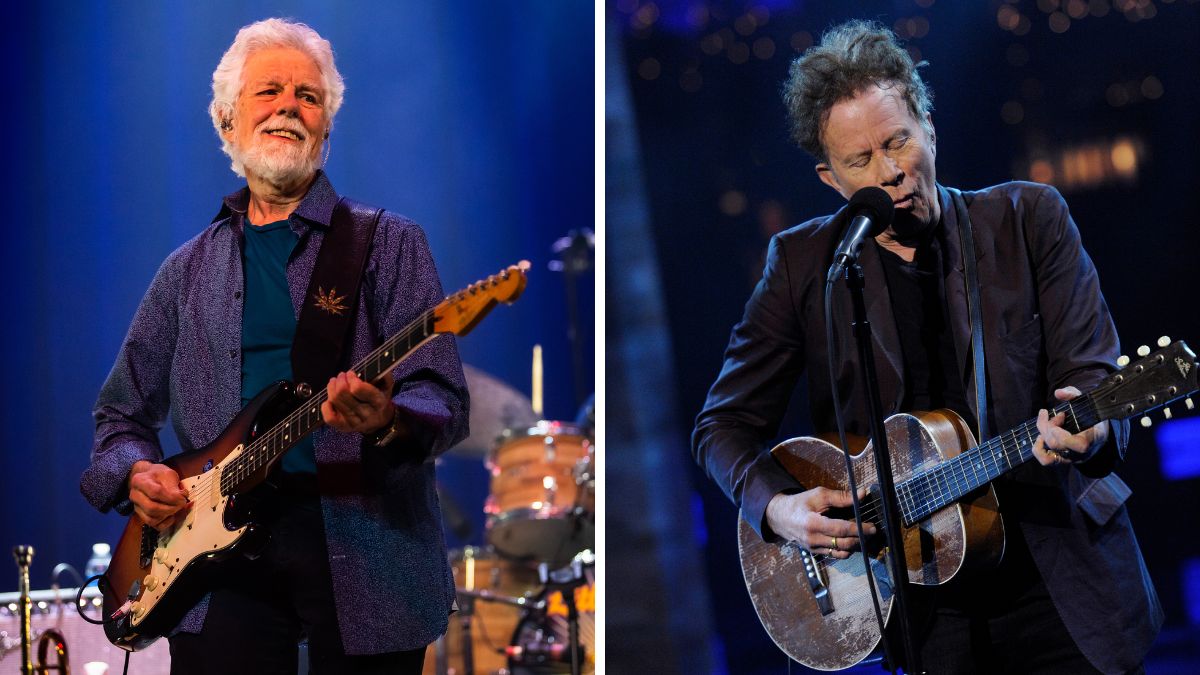The strange case of the missing Beano: where is Eric Clapton’s stolen Les Paul?
Taken from a church hall practice room in '66, Slowhand’s legendary Beano ’Burst has not been seen since. Guitarist investigates...
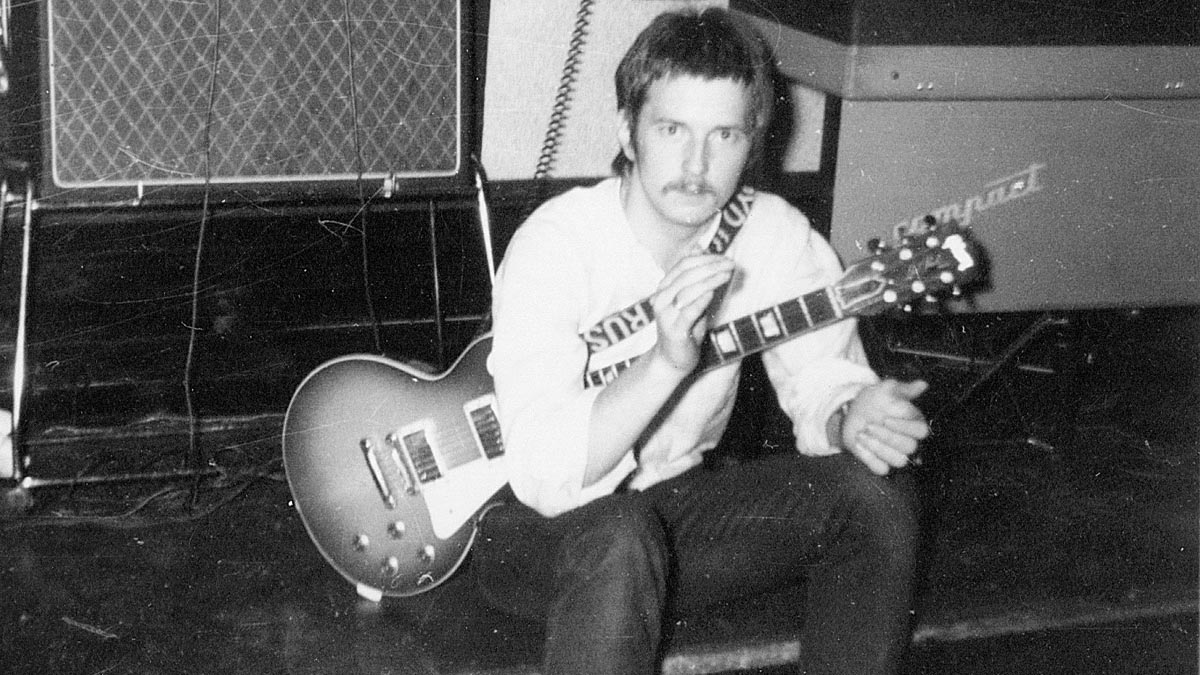
Eric Clapton’s work on the 1966 John Mayall album Blues Breakers inspired a whole generation of would-be blues guitarists as he defined the tone and expression that a great guitarist can achieve.
And this particular great player found a great instrument to make his music – an original Gibson Les Paul with a sunburst finish. The cover of the record showed Eric reading the Beano comic, so it became known as the ‘Beano’ album, and the instrument he used became known as the Beano guitar.
Many guitarists love Eric’s playing on the ‘Beano’ album. One such musician was Billy Gibbons, who was, at the time, a budding young guitar player in Texas.
“The sound was just so fierce and so attractive,” he says, “and the appeal drew everyone’s curiosity to attempt to suss out where this sound was coming from. The photograph of Eric on the back cover was a clue. We said, ‘Ah, look in the background, there’s a Marshall, but it’s not very big, and ah, look at that. They don’t make those any more – but it’s one of those Les Pauls!’”
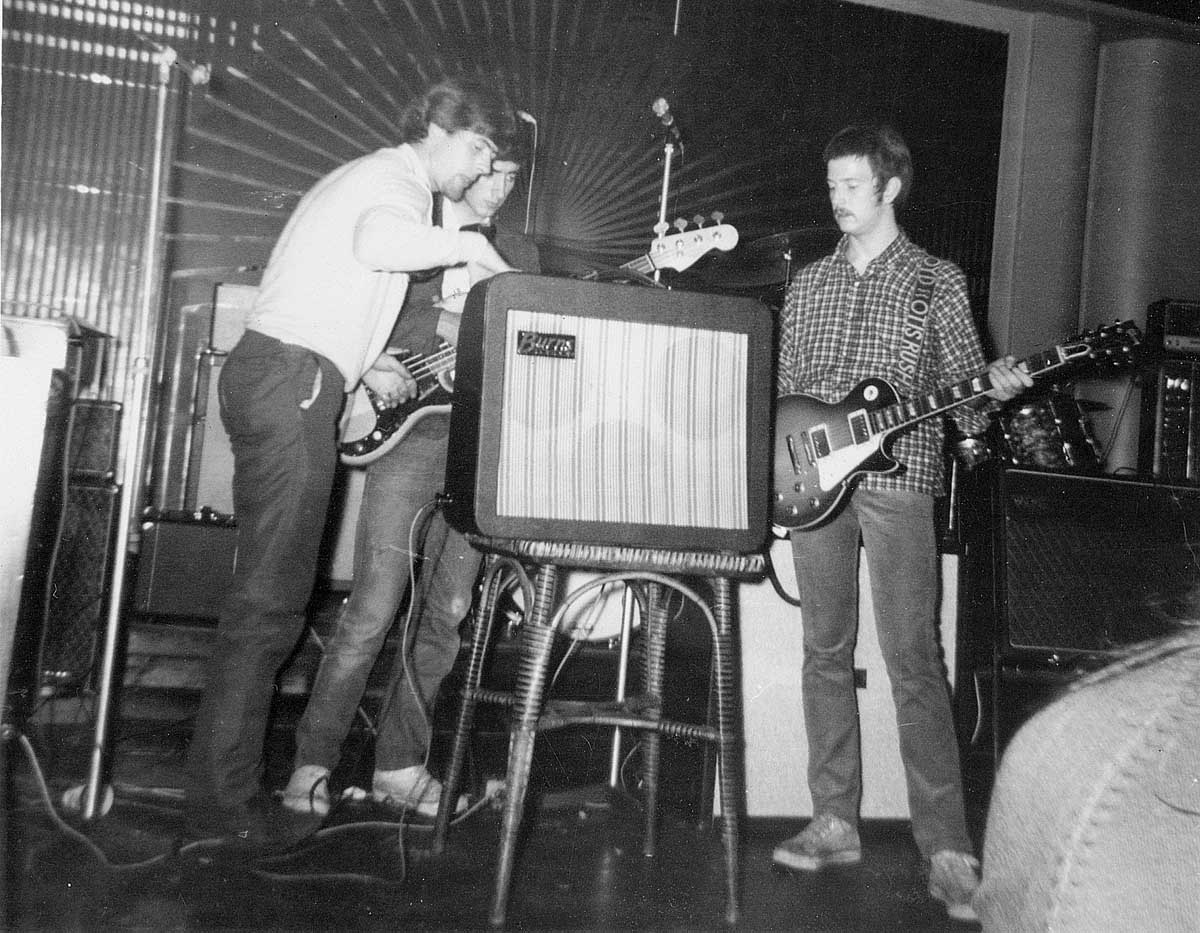
The actual guitar Eric used has since taken on an almost mythical quality, not least because it was stolen not long afterward and has never been seen since.
It was the short-lived variant known today as the ’Burst, for its sunburst finish, produced by Gibson from 1958 until discontinued in 1960 and replaced by the new double-cutaway SG design. By the mid-60s, the original single-cut Les Pauls were being called the “old model”.
The sound was just so fierce and so attractive, and the appeal drew everyone’s curiosity to attempt to suss out where this sound was coming from
Billy Gibbons
The theft of the Beano ’Burst helped it pass into legend. And as with many legends, the stories surrounding it have been swollen with hearsay and half-truths ever since. Peter Green estimated the potential value of the lost Beano while talking to Neville Marten for this magazine in 1999. “Eric’s Les Paul would go for [£]50 million now,” he said with admirable exaggeration. “It was a special one.”
Get The Pick Newsletter
All the latest guitar news, interviews, lessons, reviews, deals and more, direct to your inbox!
Steppin’ Out…
Eric Clapton was 20 years old when he joined John Mayall’s Bluesbreakers in April 1965. At first he played a Telecaster, but soon he wanted something different. One of his favourite guitarists was Freddie King, who was pictured on a 1962 album, Let’s Hide Away And Dance Away, playing an old Les Paul Goldtop.
The gaudy picture on the front showed a guitar that looked more brown than gold – more like a sunburst finish than a gold one, perhaps. Eric must have made a mental note. Christopher Hjort, who researched and wrote about this period of Eric’s career for his 2007 book, Strange Brew, pinpointed the time during 1965 when Eric bought the Beano ’Burst.
“The chronology starts with the last-known photograph of Eric with the Telecaster he used until then, a fan snapshot on Sunday 30 May,” Christopher tells us, “when the Mayall band visited Kirklevington Country Club in Yorkshire. Five days later, on Friday 4 June, a local newspaper photographed Eric at the Ricky Tick club in the Plaza Ballroom in Guildford, Surrey, playing his newly acquired Les Paul. This pins down the acquisition to some point in the week between that Sunday and the Friday.”
Eric enjoyed visiting central London’s guitar shops, like so many other musicians. That’s where the best guitars were.
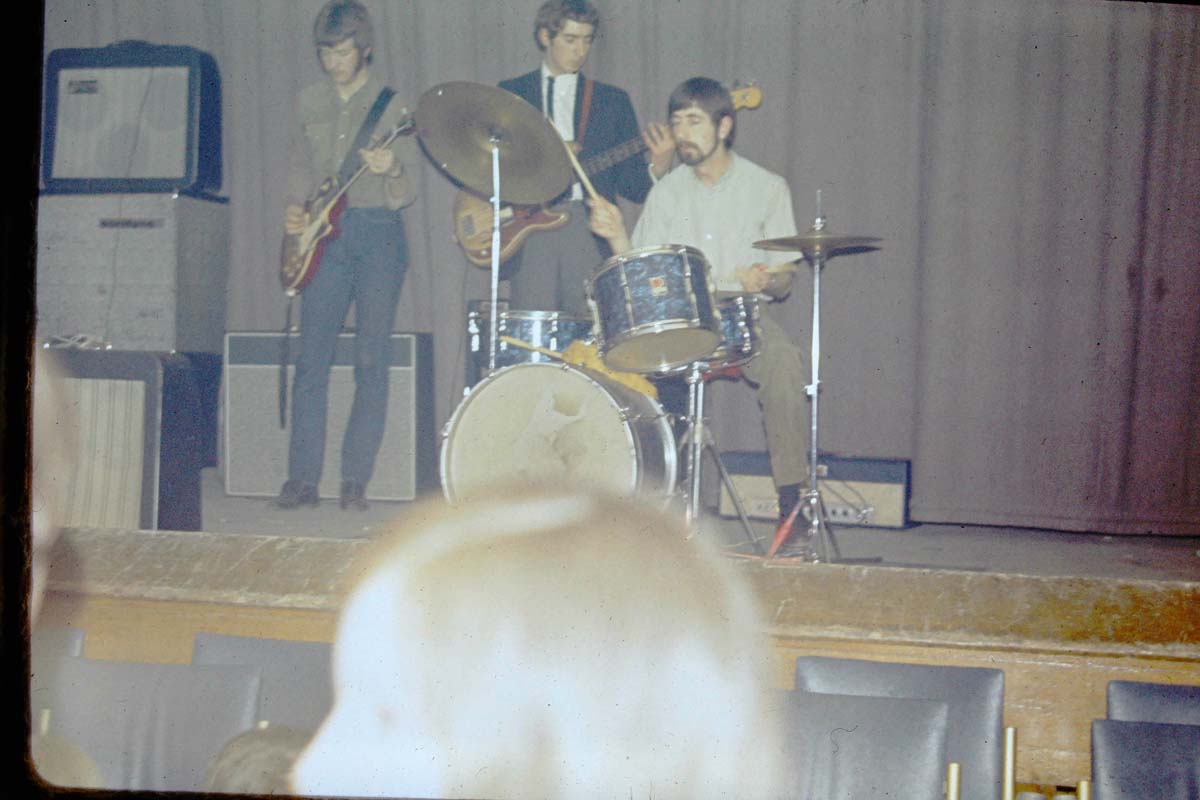
A few years later, John Ford at Beat Instrumental magazine asked Eric about “those Les Pauls our top guitarists rave about”. Eric replied: “I bought my first one at Lew Davis’s shop in Charing Cross Road – it’s Selmer’s now. He had a couple imported from the States and I managed to get hold of one.”
Two brothers, Ben and Lew Davis, ran two shops: Selmer at 114-116 Charing Cross Road and Lew Davis at 134. Eric’s mention of Selmer in that 1968 interview relates to the closure of the Lew Davis shop in summer ’67.
When he said “it’s Selmer’s now” he probably meant that by the time of his Beat interview, there was only Selmer left of the two shops. Ray Smith was at Lew Davis in the 60s – he’d bought a 335 from the shop before he started working there in 1961 – and he recalls selling a Les Paul to Eric.
“We all thought he was great, but he was just one of the guys who came in the shop regularly. Lew Davis was a small shop and Selmer had the fancy stuff. As you went into Lew Davis, on the right was the counter all the way along, with guitars hanging on the wall. Ahead was the manager’s desk, a couple of guitars behind him, and then a staircase down to where we put the part-exchanges. But the good guitars were upstairs.”
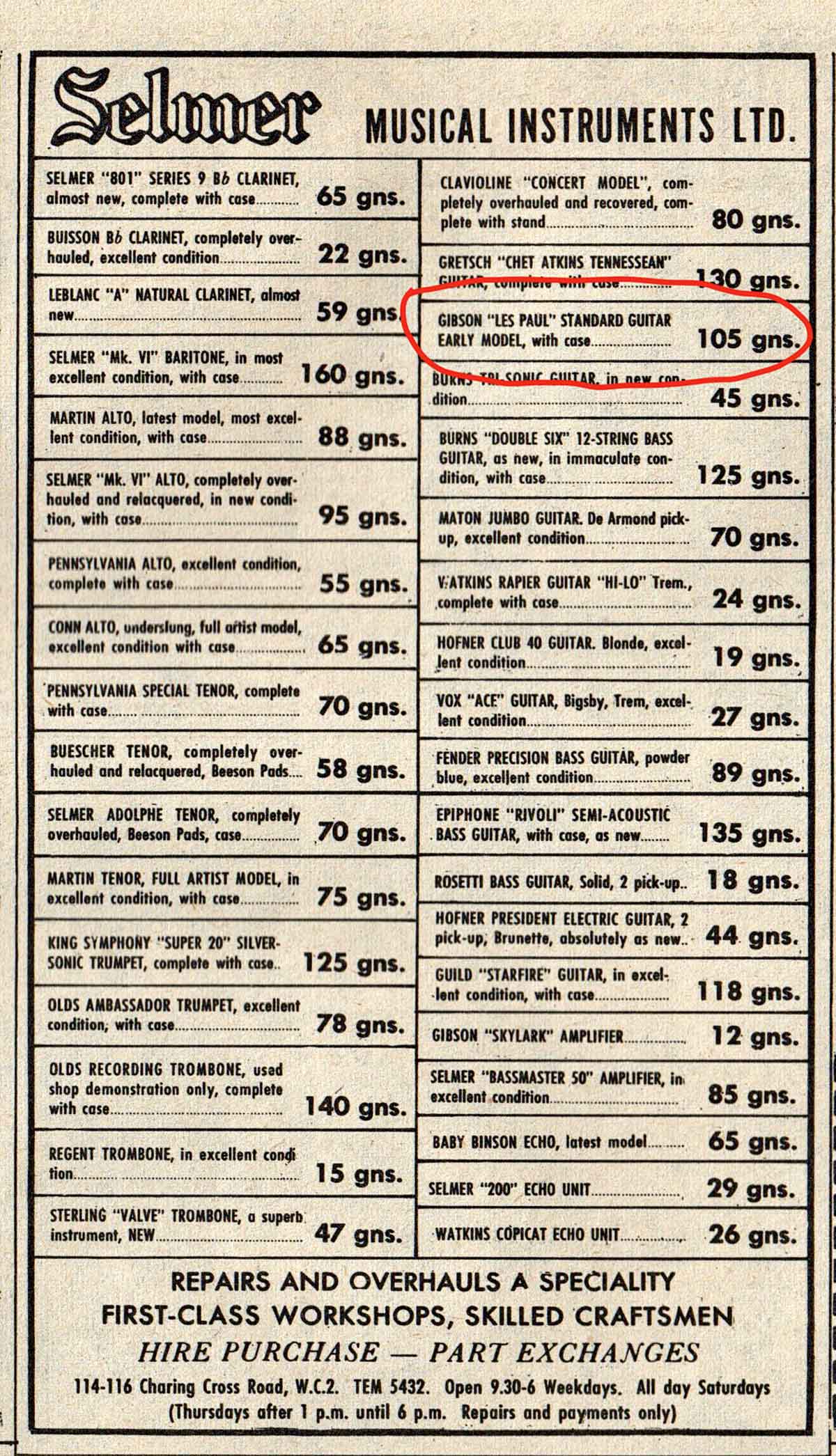
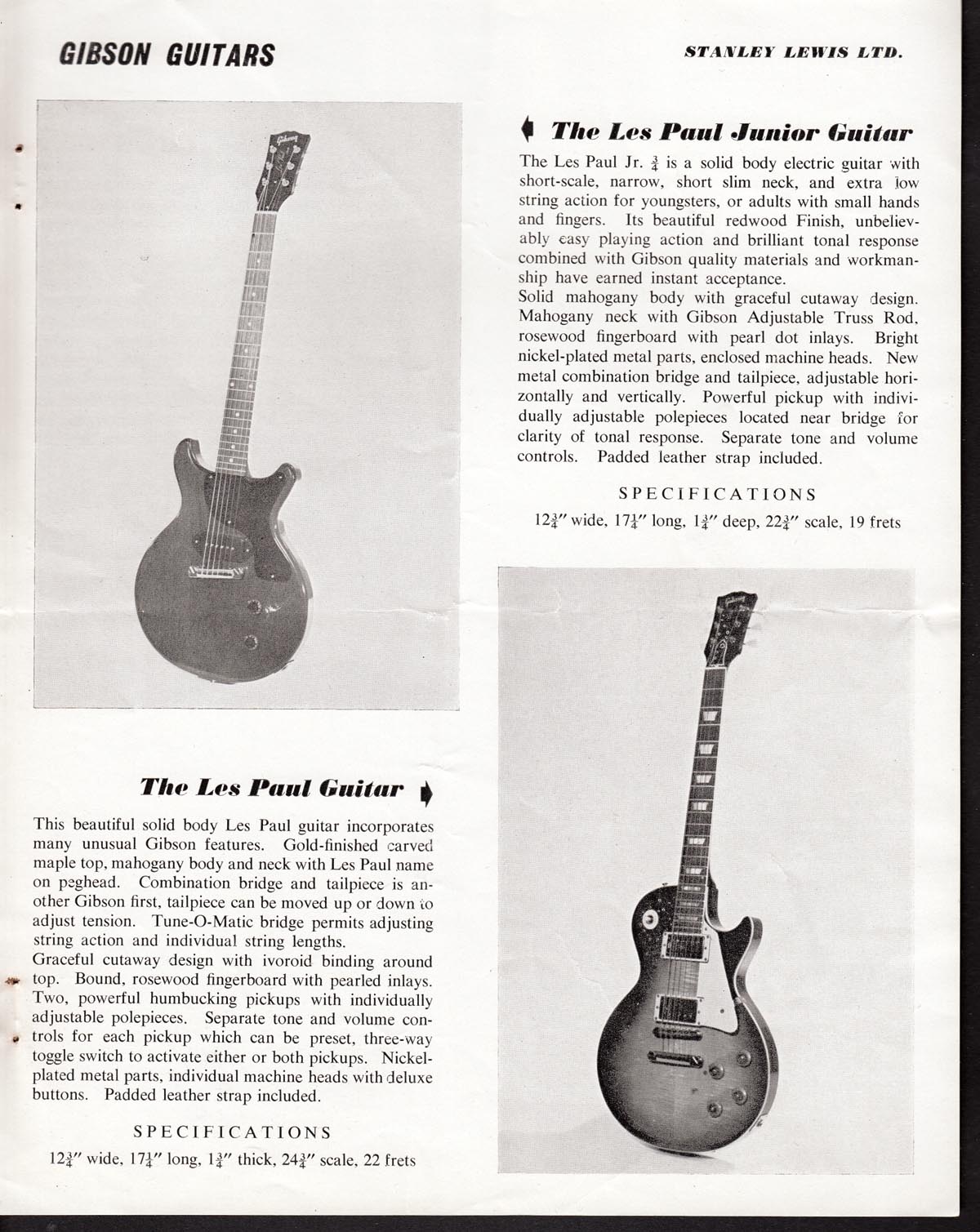
At the time Eric bought the Beano guitar in 1965, both shops advertised regularly in Melody Maker, and the stock was considered interchangeable.
Ray Smith says, “Sometimes we’d say to Selmer, ‘Oh, you’ve got a Gibson so-and-so down there, and we’ve just had a sale for it.’ So we’d go down there and bring it back with us to Lew Davis.” Lew Davis didn’t advertise any Gibson Les Pauls during this period, but Selmer did.
In an ad in early June (see above), this entry stands out: “Les Paul Standard, early model, with case, 105 gns.” In other words, not the new SG style but an “early model” 1958 to 1960 ’Burst. It’s very possible this was the guitar Eric bought from Ray Smith at Lew Davis.
Sometimes, goods were priced in guineas (“gns”), usually to make them sound posh, and a guinea was equivalent to one pound and one shilling. It means the Beano Les Paul set Eric back £110/5/-, which we’d call £110.25 these days. At the time, the average weekly wage in Britain was around £12, and Eric probably made about £20 a week with the Bluesbreakers.
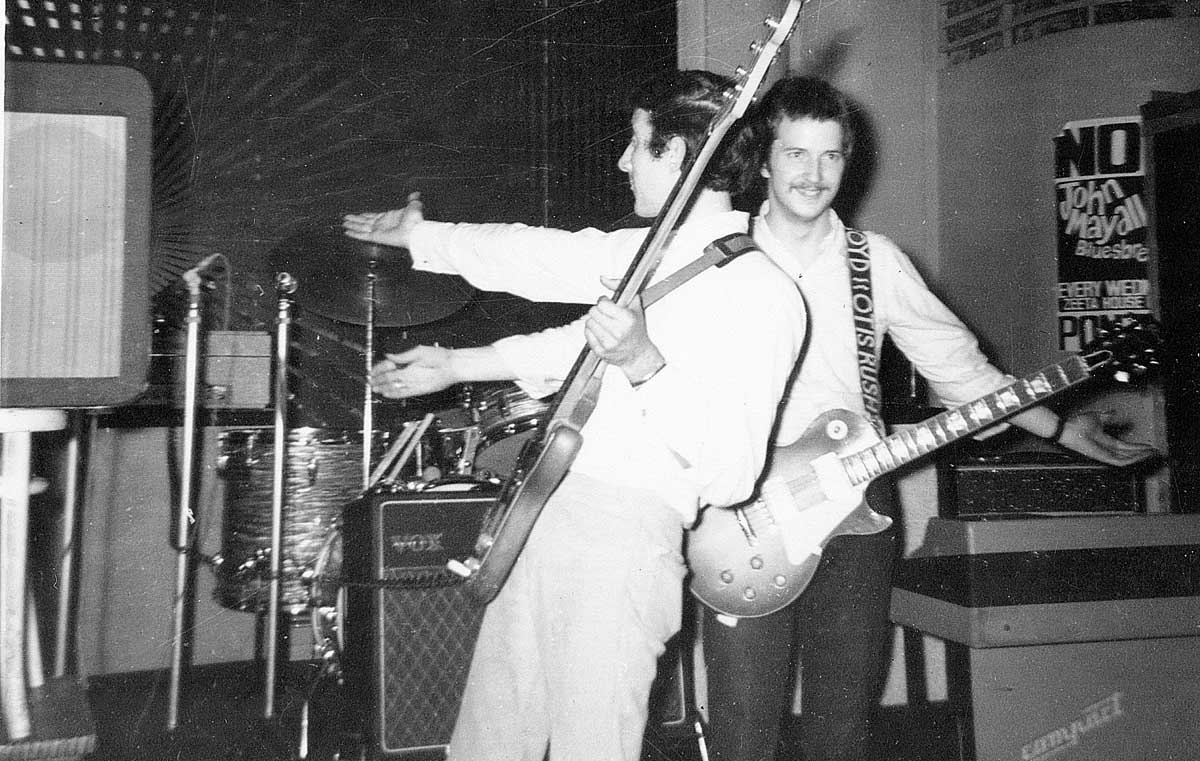
A brand-new Gibson SG Standard or Fender Stratocaster would have set you back a little over £170. Eric fondly described the Beano guitar in a later interview as the best Les Paul he ever had.
He told Dan Forte at Guitar Player in 1985 that it was “just a regular sunburst Les Paul” with humbucking pickups, that he bought it in London, and that it was “almost brand-new”.
Maybe he meant Beano was a used guitar: not new, but in “almost new” condition. Or maybe he meant it was a new guitar: “almost new” because it had been in stock a while.
Restrictions on imports of American guitars were lifted during the second half of 1959, and by the start of 1960, Selmer had the Gibson agency, selling new Gibson guitars in its stores and distributing them to others.
That would have included a few of the last Les Paul ’Bursts: the Stanley Lewis store in London published a brochure in 1959/1960 that included a ’Burst among UK-shot pictures of the newly available Gibson models.
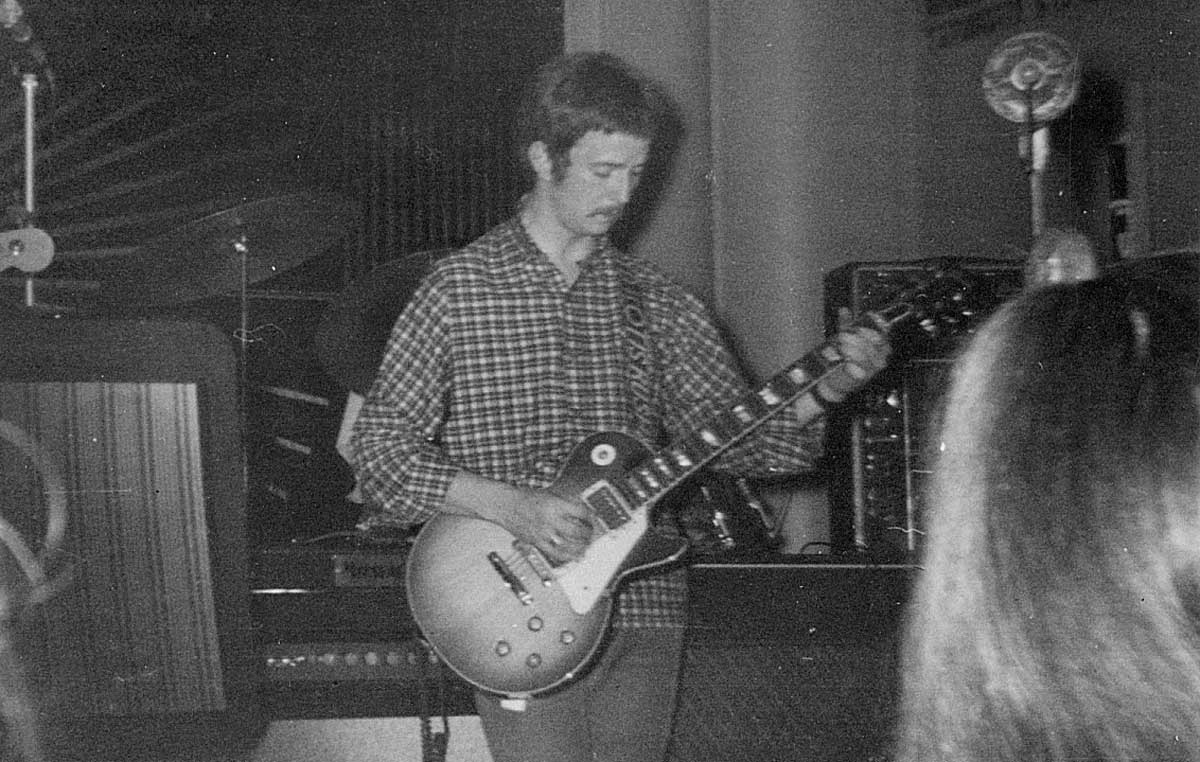
But that price of 105 guineas in 1965 for what we think was Eric’s ’Burst points to a used guitar. Stanley Lewis’s price for a new one in ’59 or ’60 was £120, and Selmer’s ’61 list price for a new SG Standard was £147, so Eric’s 110 quid in ’65 looks like the price of a premium used guitar.
Eric, meanwhile, wouldn’t have bothered about how new his guitar was. He didn’t do very much to it apart from play it as much as possible, though it did have a couple of changes, which were made either by Eric or (more probably) a repairer.
First, the original Kluson tuners were removed and a set of Grovers added. Second, toward the end of 1965, the metal covers of the pickups were removed, revealing the bobbins below: doublewhite at the neck, double-black at the bridge.
“You’ve probably heard about me taking the covers off my pickups,” Eric told Beat Instrumental in the early months of ’66. “This is something I would definitely recommend for any guitarist. The improvement, sound-wise, is unbelievable.”
Have You Heard
Many who heard Clapton play the Beano ’Burst live with Mayall’s Bluesbreakers during 1965 and ’66 heard a guitarist near the top of his game. “On his best nights,” Neil Slaven wrote in the ‘Beano’ sleeve notes, “Eric can make time stand still.”
I was very pleased with my sound while I was with John [Mayall]. Those Gibsons have the perfect blues sound
Eric Clapton
Today, we only have the few recordings he made with the guitar, including several singles: Mayall’s I’m Your Witch Doctor/Telephone Blues, produced by Jimmy Page, Champion Jack Dupree’s Third Degree, and Mayall’s Bernard Jenkins.
But the main prize is that Beano album, recorded at Decca’s studio in north-west London between 27 and 31 March 1966, right around Eric’s 21st birthday. The record still has the ability to tingle the spine, not least for Eric’s combination of controlled distortion and feedback, his vibrato style and his melodic sense, all wrapped up in an enviable tone and natural sustain.
Have You Heard, Key To Love and Steppin’ Out are high spots, and the cover of Freddie King’s Hideaway is a great moment for a guitar inspired by the album that includes Freddie’s original of that tune. “I was very pleased with my sound while I was with John [Mayall],” Eric said a few years later. “Those Gibsons have the perfect blues sound.”
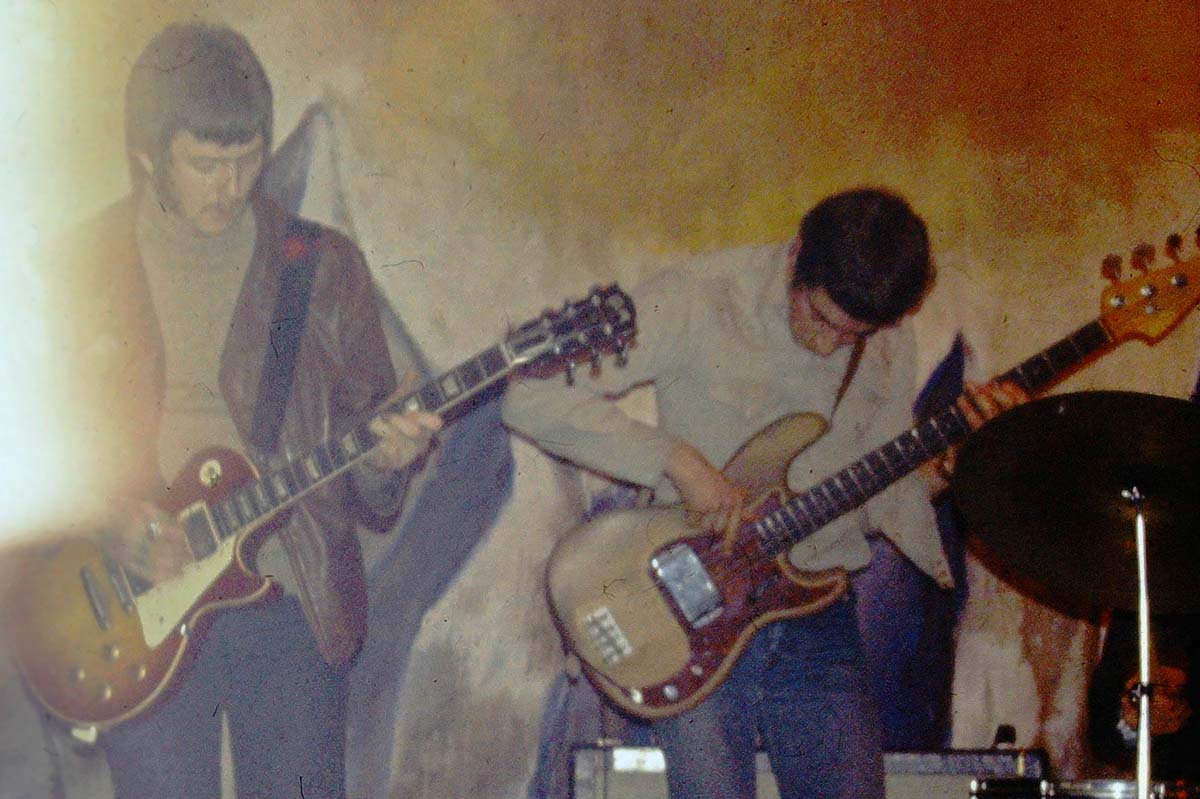
Double Crossing Time
By the time the Mayall ‘Beano’ album was released in the summer of 1966, the restless Clapton was already rehearsing with his next band, which included bassist Jack Bruce and drummer Ginger Baker. ‘Beano’ made a respectable No 6 on the UK charts, but soon died away, its reputation growing only in later years.
I think Beano has probably more mystique than any other ’Burst
Vic DaPra
Cream, on the other hand, became superstars very quickly, though they could hardly have foreseen the scope and impact of that stardom in July, when they began rehearsals at a church hall in Brondesbury, north-west London. They quickly realised they had something special – but Eric was hit by disaster.
His beloved Les Paul was stolen during those rehearsals, before he’d even had a chance to play it in public or in the studio with his new band. News of the theft came in an interview with Richard Green for Record Mirror, published early that August.
“Someone stole it at the rehearsal room,” a dejected Eric explained. “I wouldn’t have sold it. It was worth about £400 to me. It was the only one I had and the one I always played. I’m borrowing guitars now. I’d like to get another Les Paul; there are only about six or seven in the country.”
The Mirror journalist asked Eric for a description of the guitar to include in the piece “in the hope that someone sees it being used or hanging in a shop window”.
He wrote: “It’s a Les Paul Standard, five or six years old, small and solid. It has one cutaway and is a red-gold colour with Grover machine heads. The back is very scratched and there are several cigarette burns on the front. The strap is a big, black leather belt with the names ‘Buddy Guy’, ‘Big Maceo’ and ‘Otis Rush’ carved on the inside.” That wasn’t the end of the sorry tale.
Among Cream’s first gigs in the weeks following the rehearsals was one on 2 August at Klooks Kleek, a club a few doors along from the Decca studio. “Someone stole the case at Klooks Kleek,” Eric said. “That takes a lot of doing, to walk out of Klooks Kleek with my guitar case. Whoever took the guitar must have come back for the case.”
It Ain’t Right
Following the theft of the Beano ’Burst, Eric borrowed a few guitars as he searched for a replacement. There was Keith Richards’ Bigsby-equipped Les Paul, which he used for Cream’s debut at a festival in Windsor on 31 July and a try-out in Manchester the night before.
At the Marquee in London on 16 August, Eric played a cherry double-cut Les Paul Special borrowed from Denny Alexander who played in the support group, The Clayton Squares. Eventually, probably in late August 1966, Eric bought a ’Burst from Andy Summers, which he used for most of Cream’s first album, Fresh Cream, as well as the single A-side I Feel Free.
That guitar suffered a head-break early in 1967, probably in March. Eric rejected the unsympathetically repaired guitar and moved to an SG Standard.
Eric’s Les Paul would go for 50 million now. It was a special one
Peter Green
Today, musician and dealer Drew Berlin owns the Fresh Cream ’Burst, complete with the Gibson-mandolin-style headstock inscribed “Eric Clapton” grafted on where its original head had been.
Eric got a third ’Burst while with Cream, a ’58 model that he used occasionally on stage during the band’s farewell tour in October and November 1968. But this, too, did not last long, going to Paul Kossoff in a trade when Free supported Eric’s new band, Blind Faith, the following summer.
The guitar, sometimes referred to as the ‘Darkburst’, is now owned by a collector in New York. Later, Eric became a big fan of Stratocasters, although today he does own at least one ’Burst, a ’60 model.
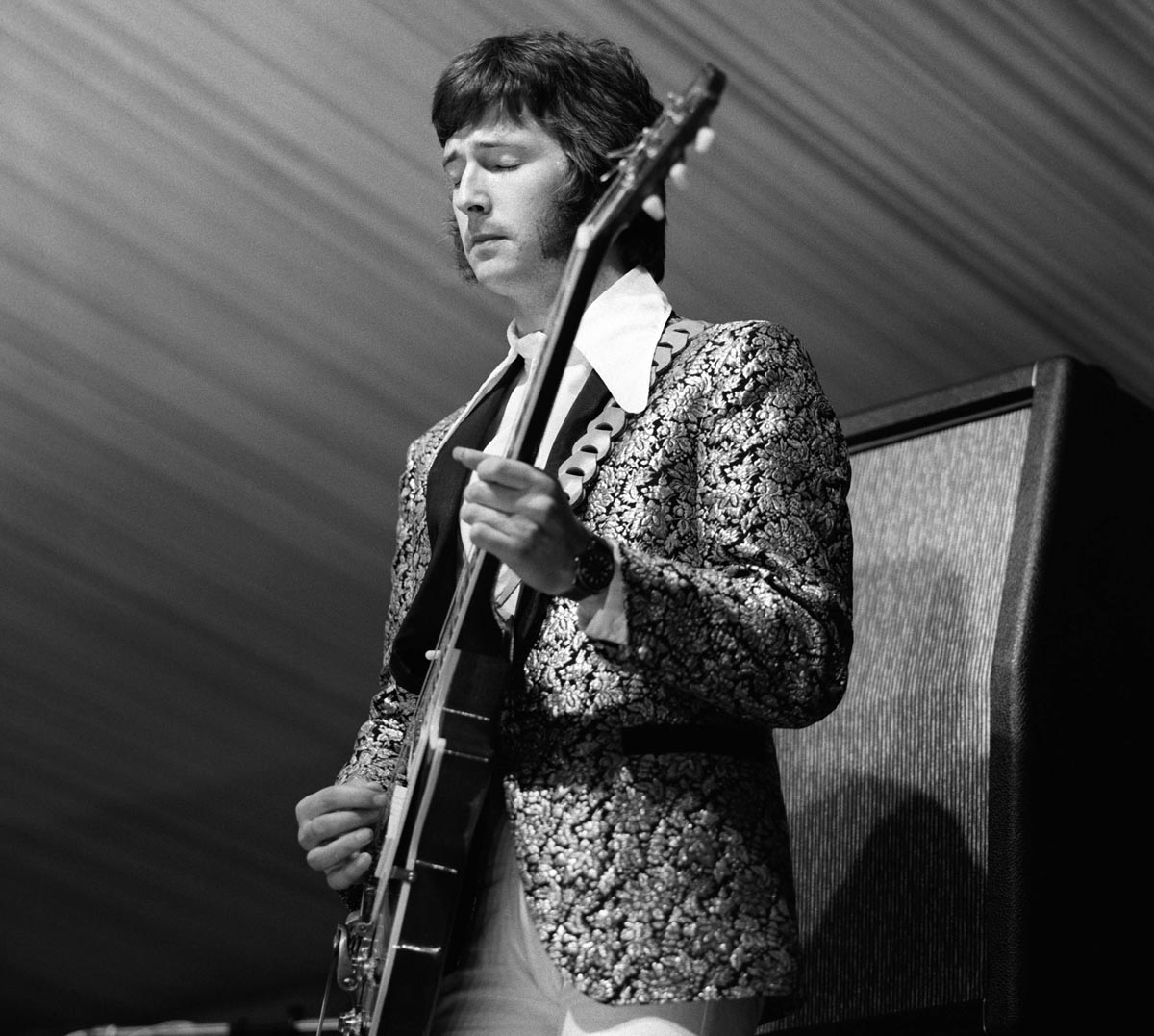
Hideaway
For any guitar-hound keen to sniff out the great lost Beano, one large problem looms. There is precious little evidence to prove that a particular guitar you have in front of you is the Beano ’Burst. No official paperwork or human memory survives to reveal its serial number.
We’re not even sure what year it was made. ’Burst nuts will tell you the colours of the Beano’s pickup bobbins (double-white at the neck and double-black at the bridge) narrow it to a ’59 or a ’60. There is talk of a slim neck, but with little evidence, though some have taken this to narrow it further to a late ’59 or early ’60.
What about photographs? These days, we’re used to multiple photos and videos of every single moment of this or that musician. Back in the 60s it was very different. And anyway, during the period when Eric had the Beano guitar, he enjoyed limited and relatively local renown.
It was only subsequently, with Cream and beyond, that his fame grew enormously. The upshot is only 20 or so photos survive of the Beano ’Burst – they can be seen among a swathe of pictures at Michael Chaiken’s archival resource for Eric’s so-called “god years” (1963 to ’72) at the Clapton Was God Instagram page.
Most, inevitably, are low-quality fan snaps. When you want to match a photograph of a particular ’Burst with a guitar that claims to be that instrument, there are two main indicators. First is the figure in the wood, the specific pattern in a ’Burst’s maple top. It can be something of a fingerprint when it comes to identification.
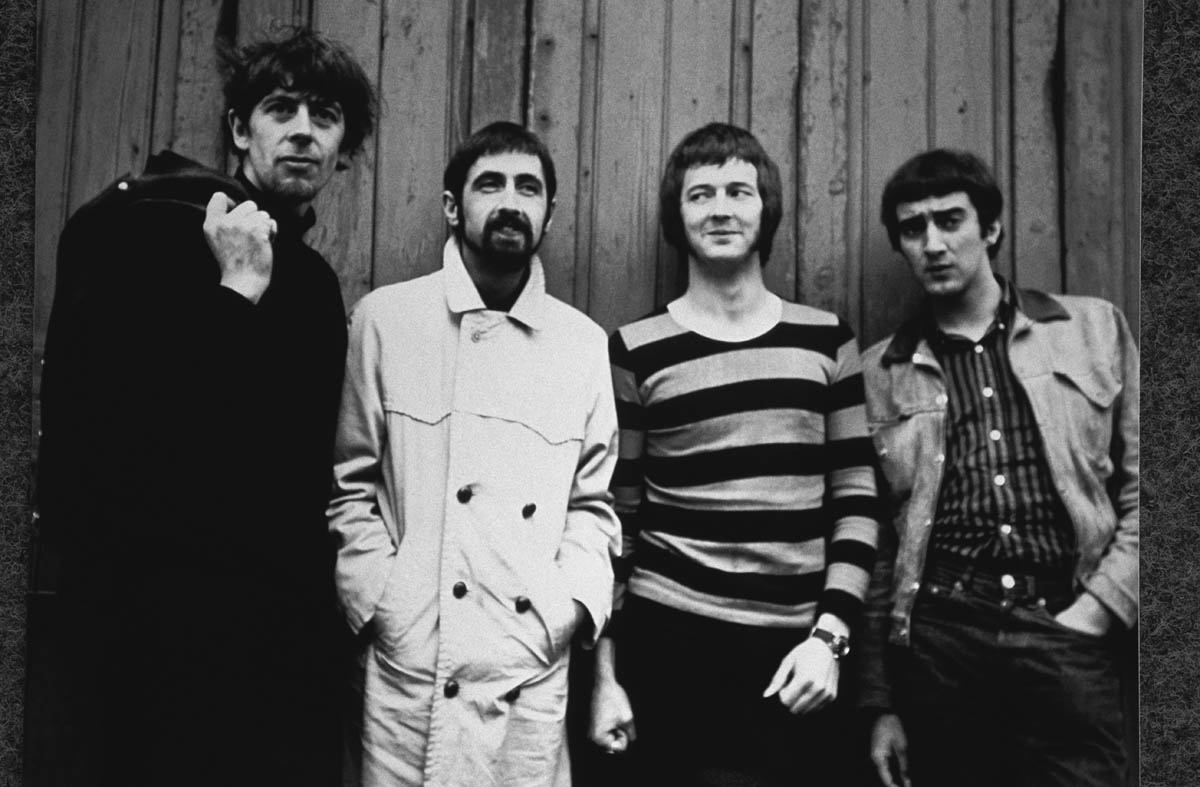
Second is the pattern in the various mother-of-pearl fingerboard markers. These are unique, so they, too, can indicate that the guitar in a photograph is the one we’re seeing today. Subsidiary identification can come from unique marks and dings on the guitar, though these can be relatively easy to fake and so should not be considered alone.
And even with the generally reliable patterns in figure and markers, there are factors that can play tricks with what you think you’re seeing, such as the way light falls, the angle the guitar is held at, and ‘confirmation bias’ – the inclination to interpret information in a way that fits whatever you want to believe.
The best of the surviving photos are the professional black-and-white shots from a ‘Beano’ recording session by David Wedgbury of the Decca publicity art department, some of which were used on the back of the original album cover (and for subsequent reissues).
However, Wedgbury’s two best frames showing close-ups of the guitar are frustrating for identification purposes. There is little or no figure visible, implying that Beano had a relatively plain maple top.
That’s not unusual: some ’Bursts have vibrant figure; others have none; some sit somewhere in the middle. The shots do reveal some detail in a few of the fingerboard markers for the upper frets, and there seem to be spots and marks on the body front, though it’s not clear if these are on the guitar or the negatives.

What’d I Say
Inevitably, rumours have circulated about where the Beano ’Burst might be – mostly since the rise of the internet and its suitability for spreading speculation as if it were fact… But there are no facts about the whereabouts of this guitar. And, naturally, that circles back to create yet more half-truths and conjecture.
A recent skirmish with the legend came in 2016 when Joe Bonamassa told this magazine that he knew Beano was in a collection on the East Coast of America. “That’s all I can tell you – and that’s all I will say,” he told our editor, Jamie Dickson. “It still exists and I haven’t seen it, but I have it on good authority from people who have.”
However, he quickly retracted these comments when they originally appeared on MusicRadar. Joe posted at the Les Paul Forum: “Just so we are clear, it was a last-minute interview and I regret getting caught off guard… Given a second shot I would of [sic] passed on the question.”
We did ask Joe for a comment for this feature, but he declined, saying he had nothing to add or speculate about Beano. Even if the Beano guitar were to turn up today and somehow was authenticated, there is another issue. In the States, there is a statute of limitations that might prevent any legal action so long after the theft.
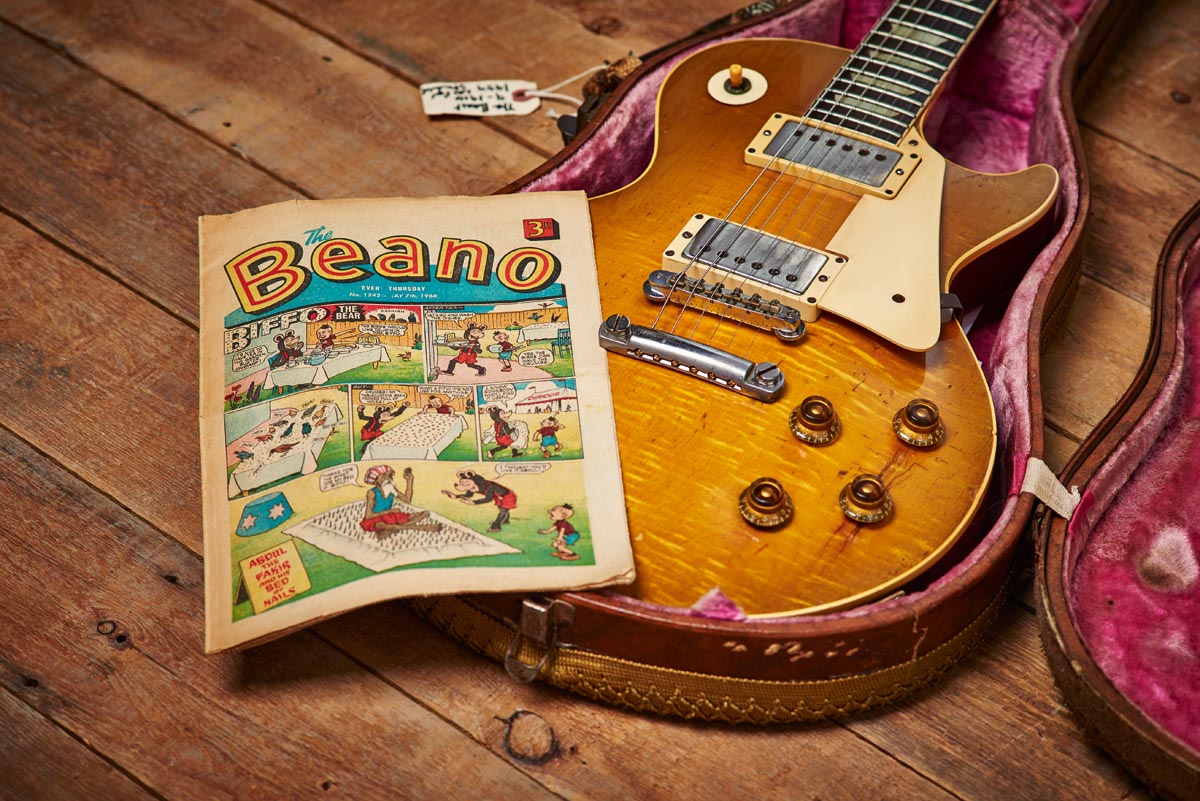
In Britain, however, matters are more complicated. Let’s say you are the original thief and you still have the guitar. If the police could prove you stole it, you could be prosecuted for the theft. It’s trickier, however, once the guitar is sold on.
A spokesman at New Scotland Yard told us there were so-called “open markets” in London at the time of the Beano theft. Sales there had to be made between dusk and dawn to allow the rightful owner to claim back their goods before sunrise.
After sun-up, the sale could take place – and some big civil cases concerning transactions at these places resulted in the buyer keeping the goods. If the stolen guitar was sold elsewhere and the buyer did not pay a reasonable market price for it, the courts in any civil action could rule that the buyer must have known something was suspect and that the item was, therefore, not theirs.
This could result in it being returned to the original owner, where possible. If, however, the buyer bought the item in good faith and paid a reasonable market value – even if it was from someone who did not do so – then the courts might rule that the rights in the item are with that buyer.
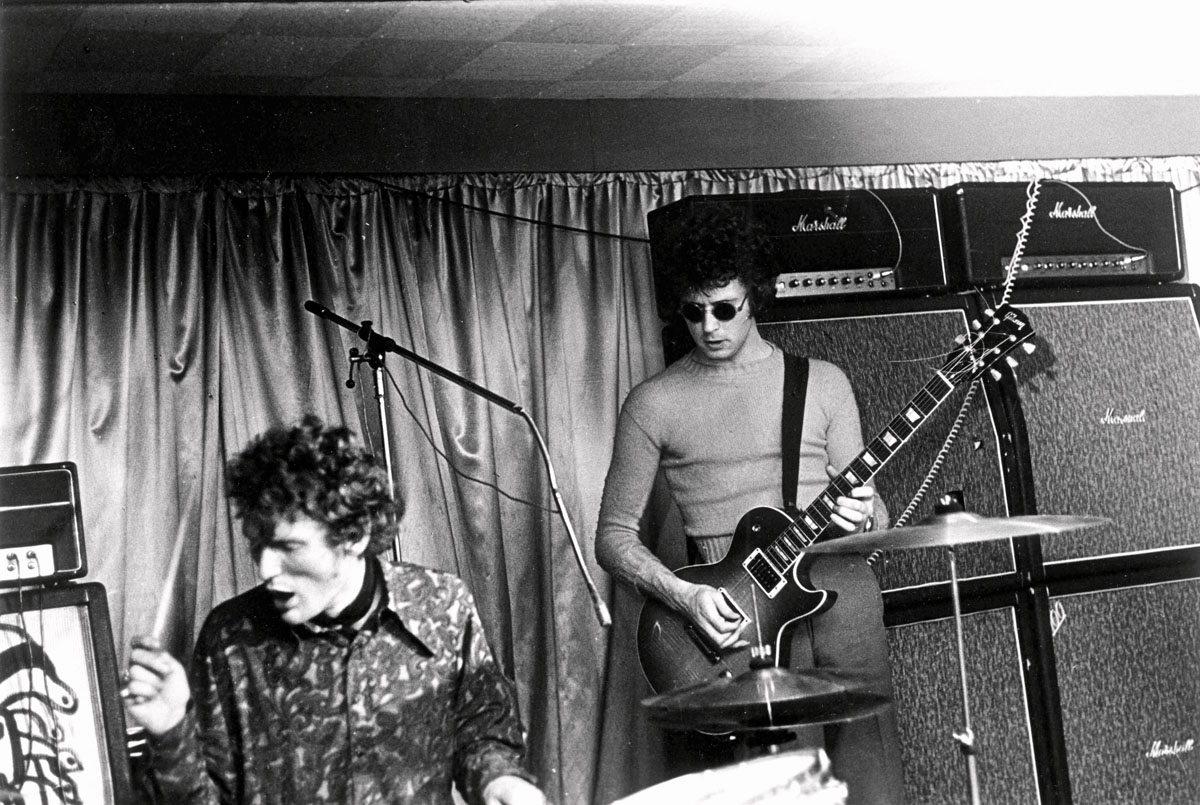
Key To Love
There are still undiscovered ’Bursts to be found, and Beano could be among them. Gibson logs show 434 Les Pauls shipped for 1958, 643 for 1959, and 635 for 1960, totalling 1,712. Crudely removing some from ’58 (which includes the last of the Goldtops) and from ’60 (which has a small number of the first of the SG-style models) provides a rough total of 1,406 ’Bursts made by Gibson.
Julio Sanchez runs Burst Serial, which gathers public information and contributions from collectors to create a database of ’Burst material, serial numbers and pictures. At the time of writing, Julio had 829 ’Bursts logged by serial number.
Considering the 436 ’59s reported to him as a percentage of the known shipping for that year, and applying it to his data for the other two years, his estimate – “using our own experience on what’s been logged by the community in the last 20 years” – is that 1,146 ’Bursts were made by Gibson.
With those two estimates in mind, it’s clear that many potential ’Bursts are still out there that might just be the long-lost Beano guitar, even if some owners are secretive. “More and more,” Julio reports, “I get messages from owners willing to let me know about their ‘new’ ’Burst – but frequently they are not ready to share it with the bigger audience and make it public. I would say we see no more than six to 12 ‘new’ ones per year.”
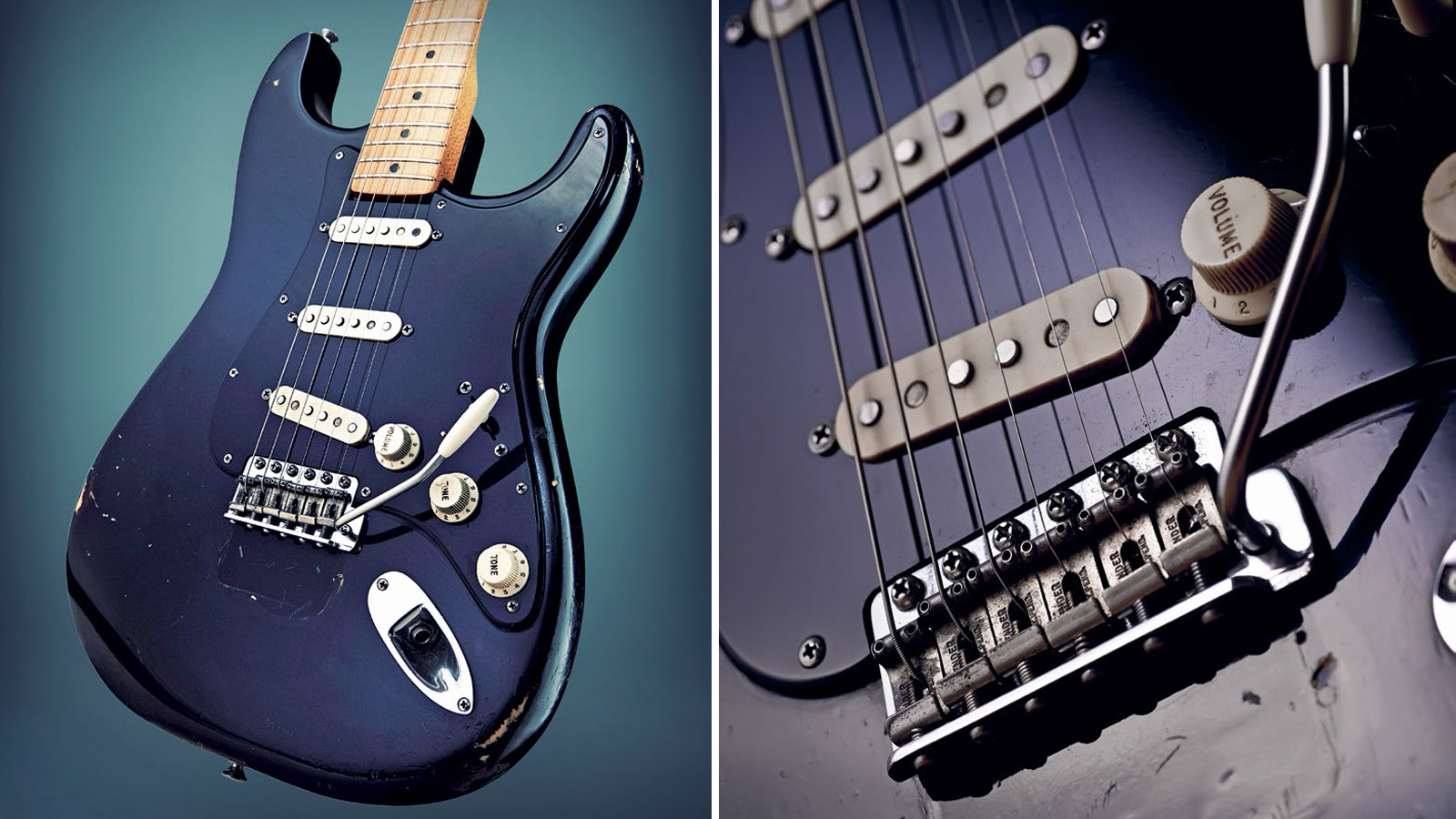
Ramblin’ On My Mind
How much would the Beano ’Burst be worth if it ever resurfaced? This is another of the great imponderables surrounding the instrument. Vic DaPra got his first ’Burst in 1972, and he’s published five Burst Believers books that profile Les Paul owners and their axes.
“I think Beano has probably more mystique than any other ’Burst,” he says. “When the guitar was stolen, it was no Holy Grail guitar, nothing special, just a used guitar back then. Now, it would probably pull millions and millions of dollars. I’ve heard of crazy offers on Duane Allman’s ’Burst and Mike Bloomfield’s ’Burst, but I think the Beano would command the ultimate big-dollar price.”
Indianapolis Colts owner Jim Irsay has a remarkable guitar collection that includes several high-end instruments previously owned by well-known players, such as David Gilmour, whose Black Strat Jim secured at a Christie’s sale in 2019 for $3,975,000. Would he be interested in the Beano ’Burst if it ever showed up?
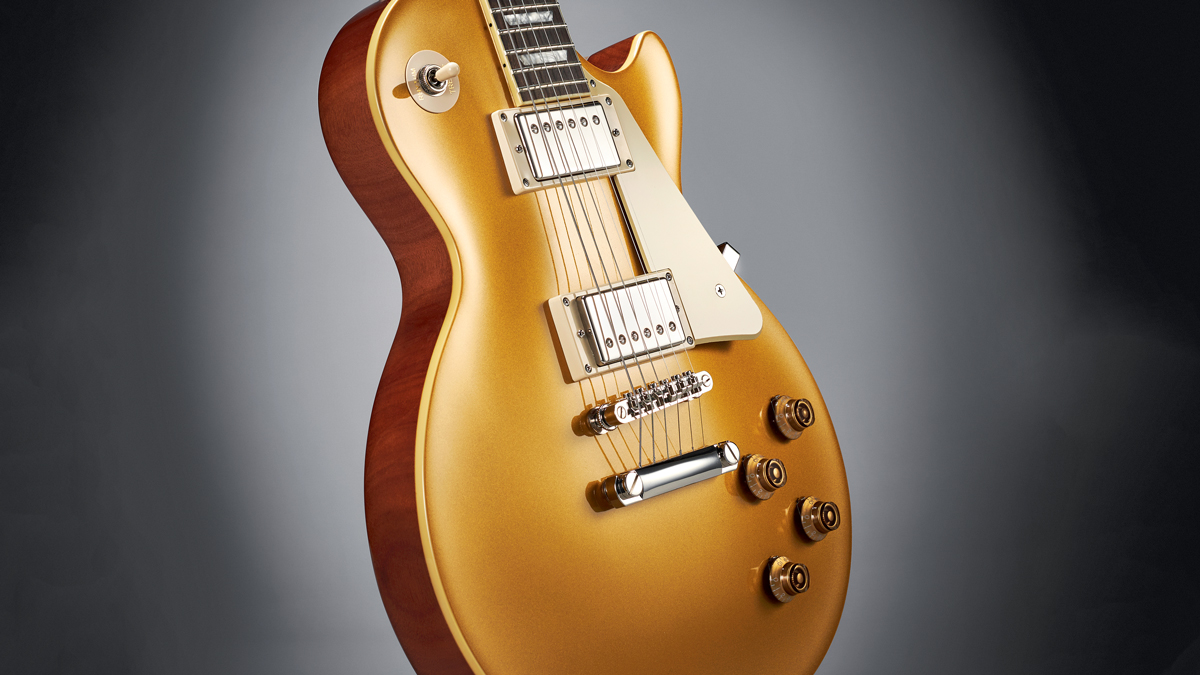
“Sure,” he tells us. “It’s Eric, and it’s rare.” And how much might it be worth? “I don’t know what its value would be,” Jim says, “and I would prefer not to speculate.” Drew at Drew Berlin’s Vintage Guitars specialises in ’Bursts – he played his first one in 1969, trying out Jeff Beck’s when his band opened for The Jeff Beck Group.
Today, Drew says if anyone tried to get him involved in an Eric-related Les Paul, the first thing he would do is call Eric – as he would with any artist or owner of a guitar that went missing.
Having worked with Eric before, Drew’s impression is that he’s moved on. “Eric doesn’t have to dwell on the past, because he continues to be more and more successful. So he’s not like, ‘Oh, this is a memory from when I was famous.’ I don’t think he holds on to those memories as much as maybe some other people would.”
How much could the Beano be worth? “It’s hard to tell,” Drew says, “but I think it would be somewhere between five and [$]10 million. I think, though, it would need Eric himself personally to sign off on it. I think the proper thing to do, if it did surface, and if Eric would verify it – and if he wasn’t interested in it himself – is that part of its sale would go to his charity. That way he’d still have an involvement, and it would do good for him and his cause.”
Drew says the value in the Beano ’Burst would revolve around its iconic status in the history of guitar music.
“So many people, myself included, were influenced by the sound of that John Mayall Blues Breakers record. Even now, young guitarists coming up hear that record and they’re inspired to play guitar and to try to get that sound. I think the reason Beano is so sought after and still discussed today is because it marked a turning point in time, in music, that really changed things.”
Back in 1985, Eric tried to explain to Dan Forte at Guitar Player what the old Beano guitar had been like. “The best Les Paul I ever had was stolen during rehearsals for Cream’s first gig,” he said. “It was… just magnificent. I never really found one as good as that. I do miss that one.”
- Tony Bacon would like to thank: Jim Avey, Drew Berlin, Sid Bishop, Michael Chaiken, Vic DaPra, Doug Ellis, Colin Falconer, Pat Foley, Betsy Fowler, Billy Gibbons, Dave Gregory, Mike Hickey, Christopher Hjort, Jim Irsay, J.P. James, Martin Kelly, Christian Larsen, Perry Margouleff, Bernie Marsden, Bill Puplett, Julio Sanchez, Brinsley Schwarz, Ray Smith, Keith Turner and Edwin Wilson
“Tom would say, ‘Play your guitar with a car key.’ It was very experimental”: Little Feat's Fred Tackett recalls Tom Waits' left-field approach to guitar playing – and his one-of-a-kind studio sessions
“Seeing friends and heroes of mine having their solos plagiarized broke my heart”: Giacomo Turra used their solos note-for-note for his own viral content. Now the guitarists who had their playing “stolen” are speaking out










